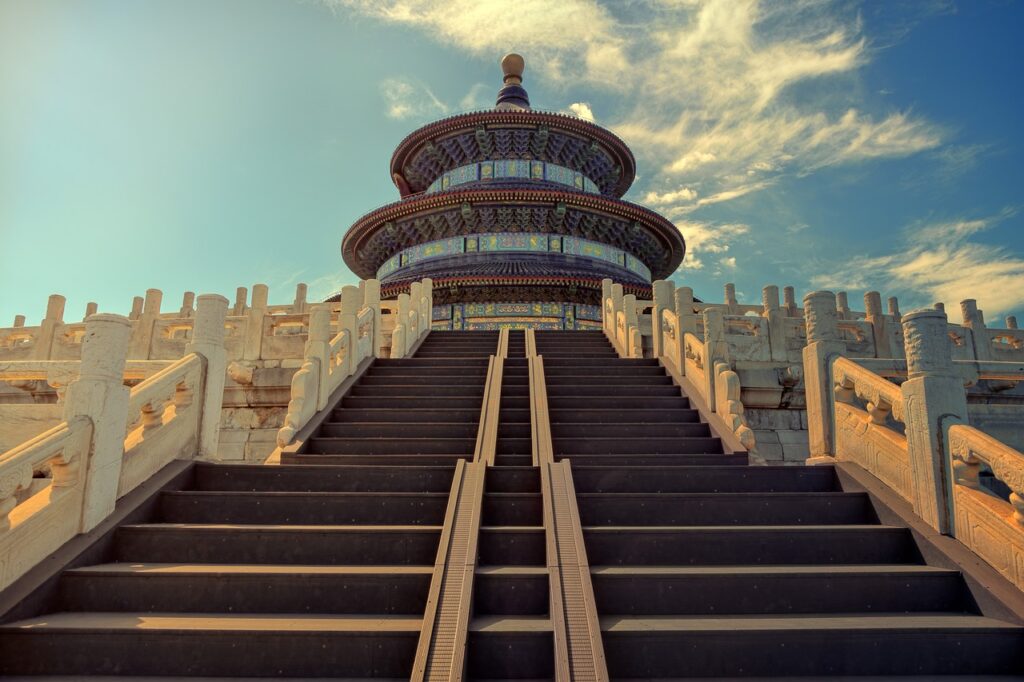
Recently, many investors have been discussing the balance sheet recession that began in Japan in the early 1990s and are concerned that China’s economy may face a similar situation. But what exactly is a balance sheet recession, and how did it occur in Japan?
The story began with the appreciation of the US dollar (on a trade-weighted basis) by nearly 80% between 1980 and 1985. During this period, the US Federal Reserve raised interest rates to combat inflation, leading to a widening interest rate differential between the US and other industrialized countries. This attracted capital inflows, causing the US dollar to strengthen. To alleviate the economic pressure caused by the stronger dollar, the US government convened a meeting in September 1985, attended by finance ministers and central bank governors from France, the UK, Germany, and Japan. The result was unanimous agreement to systematically assist in the devaluation of the US dollar.
While Japan agreed to help weaken the US dollar, the Japanese government also feared that a stronger yen would negatively impact exports and, consequently, the economy. To counteract this, the Bank of Japan decided to lower interest rates to stimulate consumer demand and offset the effects of the stronger yen. However, the interest rate cuts also stimulated the rise in asset prices.
At that time, it took three generations for an average family to repay a home mortgage. The value of the land of the Imperial Palace in central Tokyo was so high that it could have bought all the properties in Manhattan, New York. The Japanese government began lowering interest rates in the mid-1980s, but it wasn’t until mid-1987 that they realized that property prices were overheating and attempted to control them by raising interest rates. The overnight rate in Japan gradually increased from 3.3% in mid-1987 to 8.3% in March 1991. The continuous rate hikes burst the real estate bubble.
As property prices began to decline, and with the yen exchange rate significantly higher than a few years earlier, many Japanese companies found it increasingly difficult to conduct business. If companies don’t reduce their debt level, the elevated interest rate might send them to bankruptcy. Japan’s corporate debt-to-GDP ratio reached 139% in 1990, significantly higher than the 63% for the US, 96% for France, 60% for Germany, and 58% for the UK. Debt and the economy are intricately linked. When companies and individuals use increased borrowing to invest and consume, it stimulates the economy. However, when both prioritize debt repayment, the funds available for investment and consumption decrease, hampering economic growth. Japan’s per capita GDP remained around 4 million yen from 1992 to 2012, with little to no growth. If not for the government continuously increasing borrowing for investment, Japan’s per capita GDP in 2012 might have even been lower than in 1992.
When property prices and the economy decline, it’s not only companies and individuals that are affected. If property prices fall sharply to the point where assets no longer cover debts, banks also begin to suffer from bad loans. This makes them more cautious and conservative in lending, ultimately slowing down the entire economic system.
So, will China experience a balance sheet recession?
There are significant differences in economic structures between China and Japan. From the corporate debt level perspective, as of 2021, the corporate debt to GDP ratio in China is approximately 131%, ranking second compared with G7 countries, which is relatively high. However, according to a 2022 S&P research report, about 75% of corporate debt in China belongs to state-owned enterprises. If state-owned enterprise debt is treated as government debt, the non-state-owned enterprise debt ratio to GDP is only 31%, lower than all G7 countries.
These calculations don’t mean that state-owned enterprises won’t face problems. However, if state-owned enterprises encounter debt issues, the government is likely to provide full assistance, and the chances of state-owned enterprises defaulting or deleveraging are relatively low. Of course, in the long run, for state-owned enterprises to develop healthily, they need to improve their operational efficiency and ultimately approach the level of private enterprises. If state-owned enterprises’ operating cash flow is insufficient to repay debt over the long term, and debt continues to accumulate, they could become zombie enterprises, leading to a continuous rise in national debt and a decline in economic efficiency.
As for personal debt, although personal debt in Japan decreased slightly from 1990 to 2010, the reduction was marginal compared to corporate debt. The ratio of personal debt to GDP only decreased from 68% to 61%. In the US, the ratio of personal debt to GDP reached 99% before the global financial crisis in 2007, then gradually declined to a low of 75% in 2019. In China, the ratio of personal debt to GDP at the end of 2021 was 62%, slightly lower than Japan before its balance sheet recession and significantly lower than the US before the global financial crisis.
From this perspective, the scale of corporate and personal debt in China is smaller than that of Japan and the US before they experienced economic crises. Additionally, China’s banking system is largely state-controlled, so as long as the government relaxes monetary policies, it’s unlikely that banks will be unwilling to lend. Therefore, despite the current fragile economic atmosphere in China, we believe that the government has the capability to prevent a balance sheet recession from occurring.
Disclaimer
This document is based on management forecasts and reflects prevailing conditions and our views as of this date, all of which are accordingly subject to change. In preparing this document, we have relied upon and assumed without independent verification, the accuracy and completeness of all information available from public sources. All opinions or estimates contained in this document are entirely Zeal Asset Management Limited’s judgment as of the date of this document and are subject to change without notice.
Investments involve risks. Past performance is not indicative of future performance. You may lose part or all of your investment. You should not make an investment decision solely based on this information. Each Fund may have different underlying investments and be exposed to a number of different risk, prior to investing, please read the offering documents of the respective funds for details, including risk factors. If you have any queries, please contact your financial advisor and seek professional advice. This material is issued by Zeal Asset Management Limited and has not been reviewed by the Securities and Futures Commission in Hong Kong.
There can be no assurance that any estimates of future performance of any industry, security or security class discussed in this presentation can be achieved. The portfolio may or may not have current investments in the industry, security or security class discussed. Any reference or inference to a specific industry or company listed herein does not constitute a recommendation to buy, sell, or hold securities of such industry or company. Please be advised that any estimates of future performance of any industry, security or security class discussed are subject to change at any time and are current as of the date of this presentation only. Targets are objectives only and should not be construed as providing any assurance or guarantee as to the results that may be realized in the future from investments in any industry, asset or asset class described herein.
In respect of any discrepancy between the English and Chinese version, the English version shall prevail.



